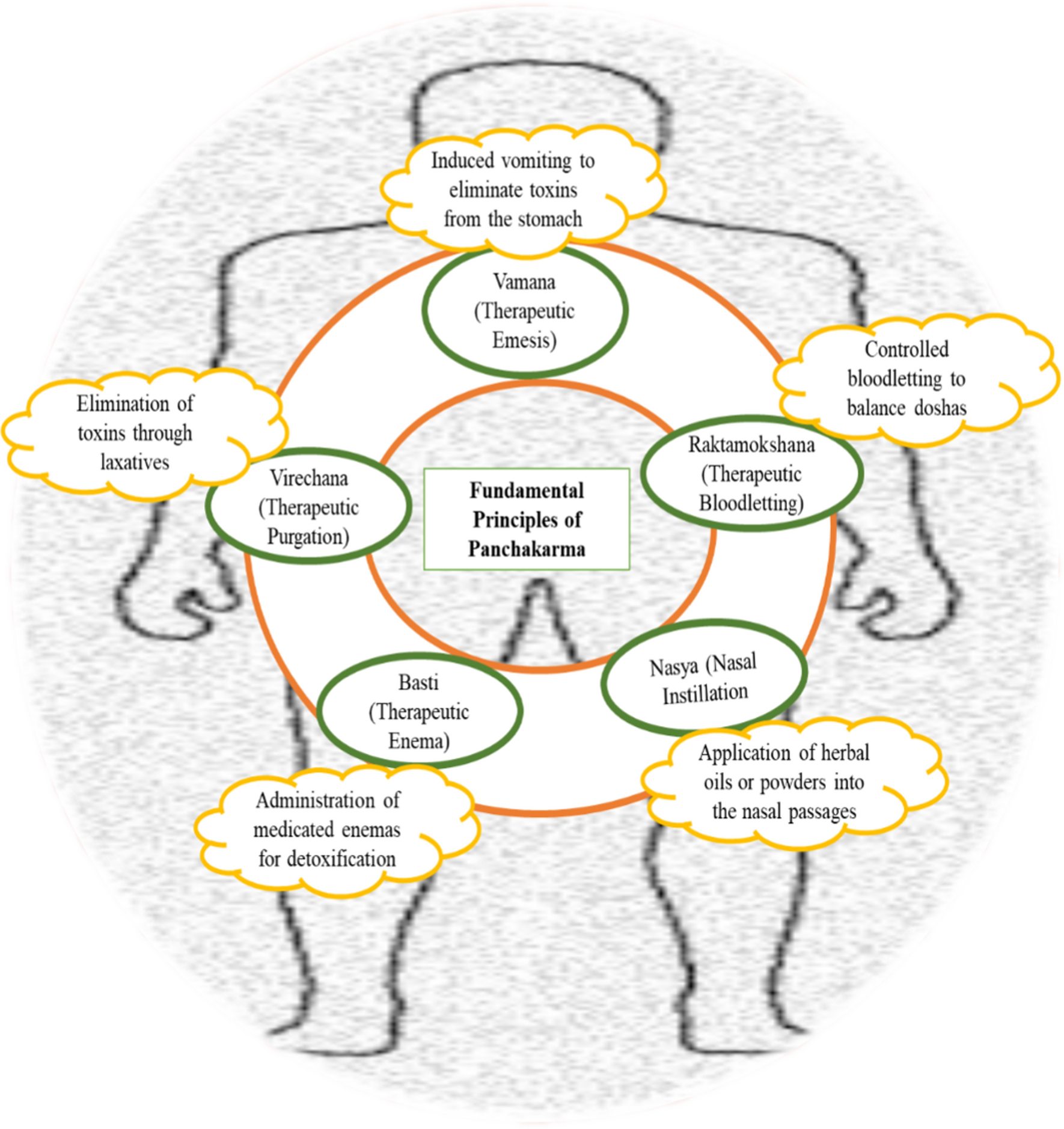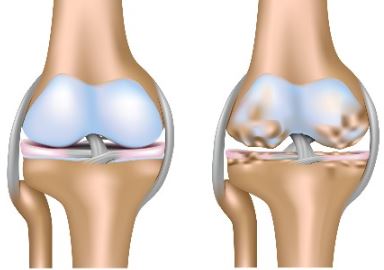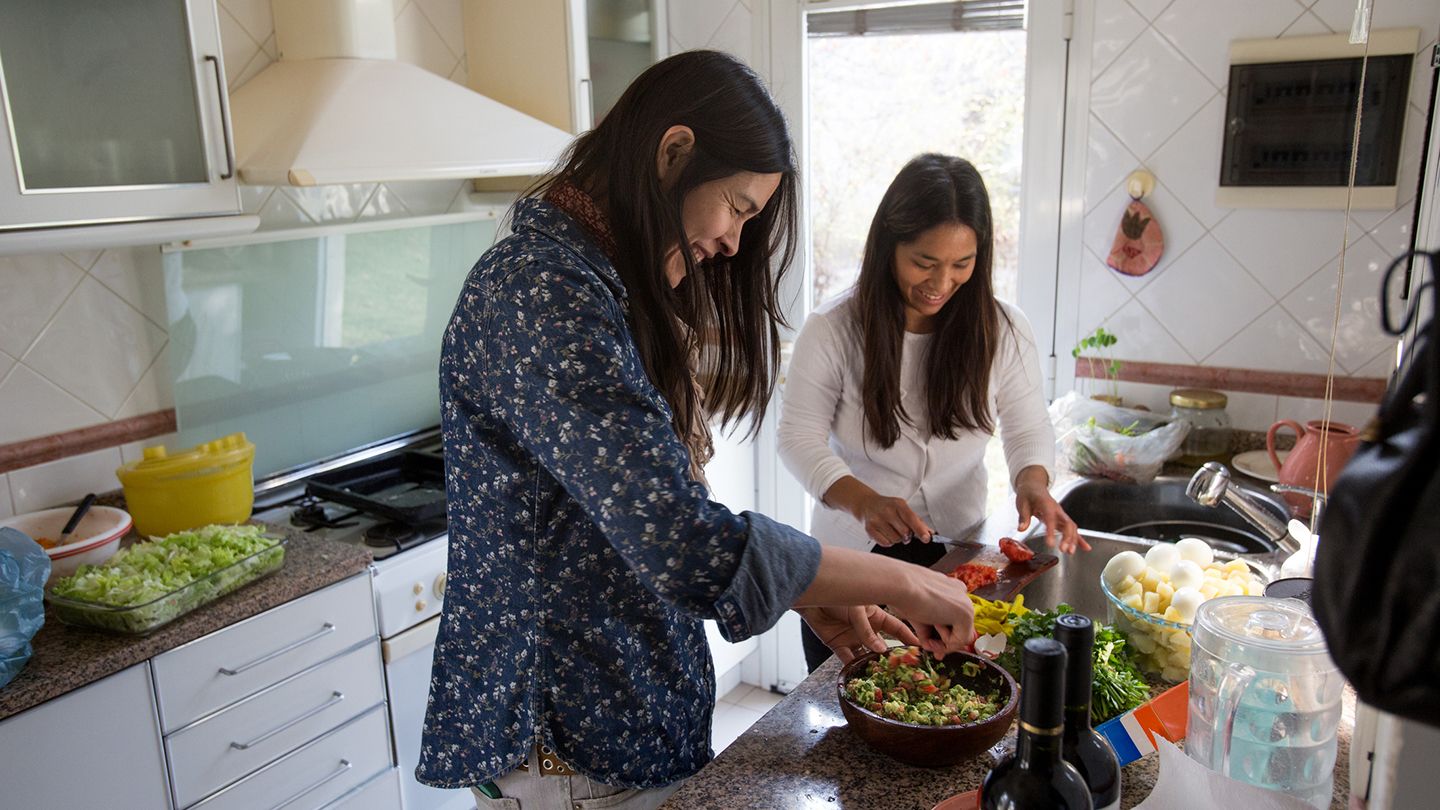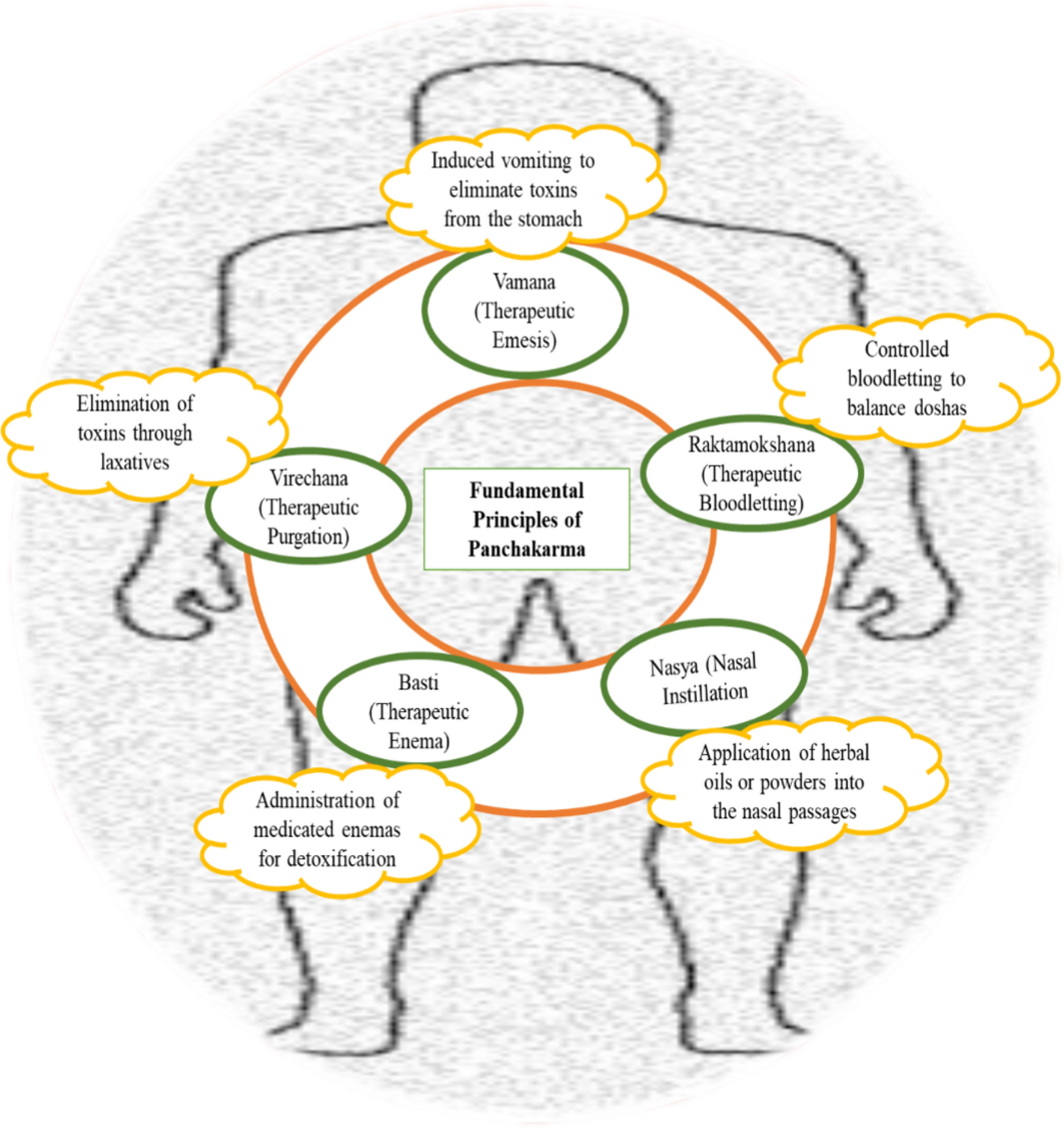Rheumatoid arthritis (RA) is a chronic, autoimmune condition that brings persistent inflammation, joint pain, and stiffness—often affecting daily activities and overall quality of life. Many modern treatment methods focus on managing symptoms through medications and physical therapy, yet an increasing number of individuals are exploring holistic approaches that integrate ancient wisdom with contemporary science. One such promising avenue is the Satvic lifestyle, a concept deeply rooted in Ayurvedic traditions that emphasizes purity, balance, and a whole-food, anti-inflammatory approach to healing.

Rheumatoid arthritis (RA) is more than just joint pain—it is an autoimmune disorder where the body’s immune system mistakenly attacks healthy tissues, primarily targeting the joints. This condition leads to inflammation that not only damages the cartilage but may also affect surrounding tissues and organs. According to arthritis info, RA can manifest in several forms, ranging from degenerative joint conditions to inflammatory types that cause swelling, pain, and reduced mobility.
The symptoms of RA are often unpredictable. Many patients experience periods of flare-ups—times when pain, swelling, and stiffness intensify—followed by phases of remission. The underlying inflammation is a central culprit, which is why an anti-inflammatory approach can be particularly beneficial. While modern medicine offers a range of therapies, including disease-modifying antirheumatic drugs (DMARDs) and corticosteroids, these treatments can sometimes come with significant side effects and may not address the root cause of the inflammation.
Understanding the complexity of RA requires a multifaceted approach. Conventional treatments tend to focus on suppressing the immune response, but complementary practices, such as those found in Ayurveda, encourage a holistic view that aims to balance both the body and mind.
The Foundations of the Satvic Lifestyle
The term “Satvic” originates from Sanskrit, meaning pure or virtuous. A Satvic lifestyle is centered on consuming foods that are natural, fresh, and minimally processed. This diet emphasizes whole fruits, vegetables, whole grains, nuts, seeds, and herbal teas while avoiding foods that are heavy, overly processed, or artificially enhanced. In this Sattvic diet review, the Satvic approach is described as one that supports mental clarity, emotional stability, and physical health by reducing toxins and fostering a calm state of being.
The Satvic diet is not just about what is eaten—it also extends to the way food is prepared and consumed. Traditional Ayurvedic principles recommend meals that are light and easy to digest, promoting a balanced digestive fire (Agni). When the body’s metabolism functions optimally, it naturally combats inflammation and supports healing.
For individuals with RA, the Satvic lifestyle can offer several benefits:
- Reduced Inflammation: By emphasizing whole, nutrient-dense foods and avoiding refined sugars, processed fats, and chemical additives, the Satvic diet helps lower inflammatory markers in the body.
- Enhanced Digestion and Detoxification: A strong digestive fire aids in breaking down food efficiently, preventing toxin buildup that could exacerbate autoimmune responses.
- Mental Clarity and Emotional Balance: The emphasis on purity in both diet and lifestyle helps stabilize mood and reduces stress—a known trigger for RA flare-ups.
Integrating Ayurveda and Modern Science for RA Healing
Ayurveda, a traditional system of medicine that originated in India over 5,000 years ago, offers a comprehensive approach to healing. Central to Ayurveda is the concept of balance—specifically, the balance of the three doshas: Vata, Pitta, and Kapha. In the context of rheumatoid arthritis, an imbalance in the Vata dosha is often implicated. Vata, which governs movement and nerve impulses, when disturbed, can contribute to joint pain, inflammation, and the overall progression of RA.
Studies in Ayurveda research have explored how Ayurvedic principles can be integrated with modern medical practices. Ayurvedic treatment for RA involves personalized herbal formulations, detoxification techniques such as Panchakarma, and lifestyle modifications that work synergistically to restore balance in the body. For instance, Panchakarma therapies are designed to cleanse the body of toxins and rejuvenate its natural healing capabilities, addressing not only the symptoms but also the underlying causes of chronic inflammation.
A comprehensive review on Ayurvedic treatment for RA emphasizes that traditional herbal medicines can have immunomodulatory, anti-inflammatory, and analgesic effects. These natural remedies help reduce joint pain, improve mobility, and support overall well-being. When combined with a Satvic diet, these therapies can enhance the body’s resilience, enabling a more holistic recovery process.
The integration of Ayurveda into modern RA management is gaining traction, particularly as more research validates the efficacy of these natural treatments. By blending ancient wisdom with current scientific findings, a more personalized and less invasive approach to managing rheumatoid arthritis is emerging.
The Role of an Anti-Inflammatory Diet in RA
Diet plays a pivotal role in managing inflammation. Modern nutritional research, such as findings from Cleveland Clinic’s anti-inflammatory diet, shows that certain foods can help reduce the body’s inflammatory responses. The anti-inflammatory diet overlaps significantly with the Satvic diet, as both prioritize natural, whole foods and eschew processed ingredients.
Key elements of an anti-inflammatory diet include:
- Omega-3 Fatty Acids: Found in fatty fish like salmon, mackerel, and sardines, omega-3s are known to reduce the production of inflammatory proteins. Supplementing with omega-3 fish oil capsules is another viable option for those who do not consume fish regularly.
- Antioxidant-Rich Fruits and Vegetables: Berries, leafy greens, and a variety of colorful vegetables are packed with antioxidants that help neutralize free radicals—unstable molecules that contribute to inflammation.
- Spices and Herbs: Turmeric and ginger, staples in many Ayurvedic preparations, contain potent anti-inflammatory compounds. Curcumin in turmeric, for example, has been shown to reduce inflammation and alleviate pain, which is particularly beneficial for RA sufferers.
- Whole Grains and Legumes: These provide essential fiber and nutrients, aiding in stable blood sugar levels and reduced systemic inflammation.
On the contrary, foods that exacerbate inflammation, such as refined carbohydrates, excessive sugars, processed meats, and trans fats, should be minimized or avoided altogether. A diet low in these inflammatory triggers supports not only joint health but also overall metabolic balance.
Resources like Everyday Health’s RA-friendly foods and the Medical News Today anti-inflammatory diet further underscore the importance of dietary choices in managing RA. When these nutritional strategies are combined with the principles of the Satvic lifestyle, they create a powerful framework for reducing inflammation and fostering healing.
Naturopathic and Lifestyle Approaches
Beyond dietary changes, a holistic healing journey for RA often incorporates naturopathic therapies and lifestyle modifications. Naturopathy emphasizes the body’s intrinsic ability to heal by harnessing natural remedies and treatments. As outlined in naturopathy for arthritis, natural treatments such as massage, joint mobilization, and hydrotherapy can relieve pain and improve joint flexibility. These techniques not only alleviate discomfort but also support overall joint health and reduce stress levels.
Stress, in particular, is a significant factor in rheumatoid arthritis. Chronic stress can trigger hormonal imbalances and exacerbate inflammatory responses. Incorporating mind–body practices—like yoga, meditation, and deep breathing exercises—helps manage stress, improve mental clarity, and promote emotional balance. Many RA patients find that regular yoga sessions not only enhance flexibility but also reduce joint pain and stiffness, contributing to a better quality of life.
Furthermore, Ayurvedic principles advocate for a daily routine (Dinacharya) that aligns with natural rhythms. This includes waking early, practicing self-massage (Abhyanga) with warming oils, and engaging in moderate physical activity. Such routines support the optimal functioning of Agni (digestive fire) and the detoxification processes that are crucial for healing chronic conditions.
Practical Tips for Embracing the Satvic Lifestyle in RA Management
Adopting a Satvic lifestyle to combat rheumatoid arthritis may seem challenging at first, but it can be approached gradually with mindful steps. Here are some practical strategies to integrate these principles into everyday life:
1. Revamp Your Diet
Start by shifting toward whole, natural foods:
- Incorporate Fresh Produce: Fill your plate with a variety of fruits and vegetables. They not only provide essential vitamins and antioxidants but also support a balanced immune response.
- Choose Whole Grains: Replace refined grains with whole grains like quinoa, brown rice, or millet. These complex carbohydrates support steady energy levels and reduce inflammation.
- Add Healthy Fats: Include sources of omega-3 fatty acids such as walnuts, flaxseeds, and fatty fish. These fats are crucial for reducing inflammatory markers.
- Embrace Herbs and Spices: Regularly add turmeric, ginger, garlic, and cumin to your meals. Their natural anti-inflammatory properties can make a significant difference in joint health.
- Avoid Processed Foods: Eliminate or reduce consumption of highly processed snacks, sugary beverages, and artificial additives that can trigger inflammatory responses.
2. Establish a Healing Routine
A consistent daily routine is central to the Satvic lifestyle:
- Morning Rituals: Begin the day with a warm glass of water infused with lemon to kickstart digestion and detoxification.
- Mindful Eating: Sit down for meals without distractions, focusing on the flavors and textures of your food. This not only aids digestion but also fosters gratitude and mindfulness.
- Regular Self-Massage: Practice Abhyanga, a traditional Ayurvedic self-massage using warm oils. This can help soothe stiff joints, improve circulation, and calm the nervous system.
- Meditation and Yoga: Dedicate time each day for meditation or gentle yoga to manage stress and enhance mental clarity. These practices can create a profound sense of balance and well-being.
3. Embrace Natural Therapies
Complement dietary changes with other holistic practices:
- Herbal Remedies: Explore Ayurvedic herbal supplements tailored for joint health. Herbs like Ashwagandha, Guduchi, and Boswellia have been traditionally used to reduce inflammation and support immune balance.
- Hydrotherapy: Consider incorporating hydrotherapy treatments such as warm baths or contrast showers to soothe muscle tension and improve joint flexibility.
- Regular Exercise: Engage in low-impact exercises like walking, swimming, or cycling. Regular physical activity helps maintain joint mobility and reduces stiffness.
4. Focus on Emotional Wellness
Healing is as much about the mind as it is about the body:
- Stress Management: Implement stress-reducing techniques such as mindfulness meditation, deep breathing exercises, or even creative outlets like journaling.
- Support Networks: Connect with others who share a commitment to holistic living. Whether through online forums or local wellness groups, sharing experiences and tips can provide both motivation and support.
- Holistic Consultations: Consider seeking guidance from practitioners specialized in Ayurveda or naturopathy. These experts can offer personalized recommendations tailored to individual needs, ensuring that the holistic approach aligns with one’s unique health profile.
By integrating these practical steps, individuals with RA can create a nurturing environment that not only addresses the physical symptoms of the condition but also supports overall health and balance.
Ongoing Research in RA Management
A growing body of research and clinical observations supports the benefits of a holistic, Satvic approach to managing rheumatoid arthritis. Studies have shown that patients who adopt an anti-inflammatory diet and integrate Ayurvedic treatments often experience reduced pain and improved joint function. For example, research published in Ayurveda research highlights the potential of combining traditional herbal remedies with modern medical practices to yield better outcomes in RA management.
In clinical settings, integrative centers such as those highlighted on VAIDYAGRAMA and Ayurvedagram Bali offer comprehensive treatment programs that combine dietary counseling, herbal therapies, and lifestyle interventions. Patients who have followed these integrative programs report not only physical relief but also enhanced emotional well-being and overall life satisfaction.
Many RA sufferers have shared testimonials of improved mobility, decreased reliance on pain medications, and a renewed sense of hope after embracing a Satvic lifestyle. Although individual experiences vary, the common thread is a deeper connection to natural healing practices that honor the body’s innate ability to restore balance.
Simplifying Complex Concepts
For those new to Ayurvedic and Satvic concepts, certain ideas may seem abstract. Here are a few simplified explanations:
- Doshas: Think of the doshas (Vata, Pitta, Kapha) as different energy forces within the body. Each one governs specific physical and mental functions. In rheumatoid arthritis, an imbalance—often an excess of Vata—can lead to joint pain and inflammation. Restoring balance among these energies is key to healing.
- Agni (Digestive Fire): In Ayurveda, Agni represents the body’s metabolic energy. A strong Agni is essential for digesting food properly and eliminating toxins. When Agni is weak, toxins (Ama) accumulate, potentially triggering inflammatory responses. A Satvic diet supports Agni by offering light, easily digestible meals.
- Panchakarma: This term refers to a series of detoxification and cleansing therapies designed to remove accumulated toxins from the body. Panchakarma therapies are personalized to the individual and can help reset the body’s natural healing mechanisms.
- Satvic Diet: At its core, the Satvic diet is about purity. It involves eating fresh, whole foods and avoiding processed items. The goal is to nourish the body and mind, creating an optimal environment for healing and clarity.
By breaking these concepts down into more relatable terms, the powerful synergy of dietary choices, herbal remedies, and holistic practices becomes clearer and more accessible.
Embracing the Journey Toward Healing
Adopting a Satvic lifestyle for rheumatoid arthritis is not a quick fix but rather a transformative journey toward long-term well-being. It invites a return to nature and an appreciation for the wisdom passed down through generations. The integration of a pure, balanced diet with natural therapies and mindful practices offers a comprehensive approach to managing RA—one that treats the whole person rather than just the symptoms.
As more individuals explore integrative approaches, the line between conventional medicine and alternative therapies continues to blur, paving the way for treatments that are both effective and sustainable. A Satvic lifestyle nurtures the body, mind, and spirit, providing the essential building blocks for improved health, increased mobility, and a better quality of life.
For those interested in exploring this path, consider starting small by incorporating Satvic principles into daily meals, engaging in regular gentle exercise, and experimenting with mindfulness practices. Over time, these incremental changes can accumulate, leading to profound improvements in both physical and emotional health.
Final Thoughts
The journey to healing rheumatoid arthritis through a Satvic lifestyle is one of embracing natural, time-honored traditions alongside modern scientific insights. By focusing on an anti-inflammatory diet, integrating Ayurvedic practices, and nurturing overall well-being, individuals can take proactive steps to manage the challenges of RA. This holistic approach not only aims to reduce inflammation and alleviate joint pain but also fosters a deeper connection to one’s body and inner strength.
Embracing a Satvic lifestyle is more than just a dietary change—it is a holistic transformation that encourages mindfulness, resilience, and a deep respect for the body’s natural healing capabilities. As this approach gains popularity, more research and personal success stories continue to validate its potential, offering hope to many who are searching for alternatives to conventional RA treatments.
For anyone on the journey of managing rheumatoid arthritis, integrating the Satvic lifestyle may serve as a catalyst for renewed energy, reduced pain, and a vibrant sense of well-being. Whether it is through a carefully curated anti-inflammatory diet, regular Ayurvedic treatments, or simply adopting a more mindful way of living, the path toward healing is one that honors both ancient wisdom and modern innovation.
This article is for informational purposes only and does not constitute professional advice. Always consult a qualified professional for specific concerns.
Sources:





















